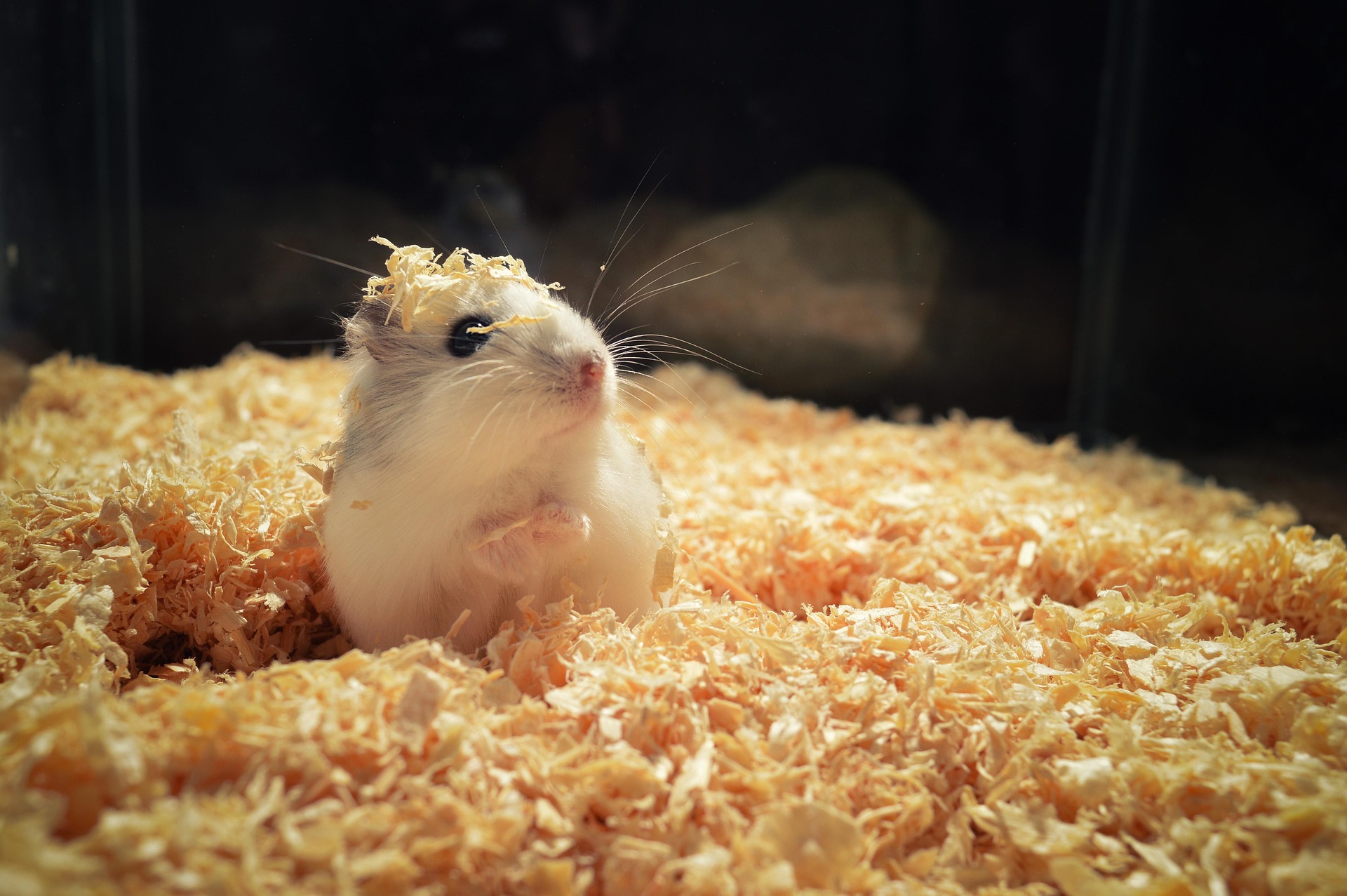Unveiling the Intricate World of Hamster Domestication
Introduction: Venture with us into the fascinating world of hamster domestication. Untangle the complex history, track the latest trends, and delve into the current market impact of these furry friends. Each paragraph presents a different facet, offering a captivating and comprehensive exploration.

A Brief History of Hamster Domestication
Hamsters originate from Syria, discovered in the 19th century by British zoologist George Robert Waterhouse. However, they did not become popular pets until the mid-20th century. Initially known only in scientific circles, hamsters gained mass appeal after being featured in a 1930s National Geographic article. Their cute, compact size, short lifespan, and easy care made them an ideal pet, particularly for children.
The Modern Hamster Trend
Hamsters have grown increasingly popular in recent years, with a surge in demand during the COVID-19 pandemic. As people sought companionship during lockdowns, many turned to these small, low-maintenance pets. The American Pet Products Association reported a significant increase in hamster ownership in 2020, marking a renewed interest in these charming creatures.
The Economic Impact of Hamster Domestication
Hamster ownership has substantial economic impact. The market for hamster products, including cages, bedding, toys, and food, is lucrative. A Technavio report estimated the small mammal pet care market, which includes hamsters, to be worth $1.8 billion in 2020, with a projected annual growth of 4%.
The Science Behind Hamster Domestication
Scientific research has played a crucial role in understanding hamster behavior and needs. Studies have revealed that hamsters are nocturnal, solitary animals, requiring specific care to thrive. This knowledge informs pet owners and influences product development, improving the overall quality of hamster care.
The Future of Hamster Ownership
The future of hamster domestication is bright, with ongoing research and product innovation. Scientists continue to explore hamster genetics and behavior, while manufacturers develop more sophisticated, hamster-friendly products. As our understanding deepens, we can look forward to more fulfilling relationships with these adorable pets.
In conclusion, the world of hamster domestication is intricate and dynamic, shaped by history, trends, economics, and science. The future promises further discoveries and advancements, enriching the bond between humans and their hamster companions. Embrace the journey; every twist and turn reveals new insights into these captivating creatures.




